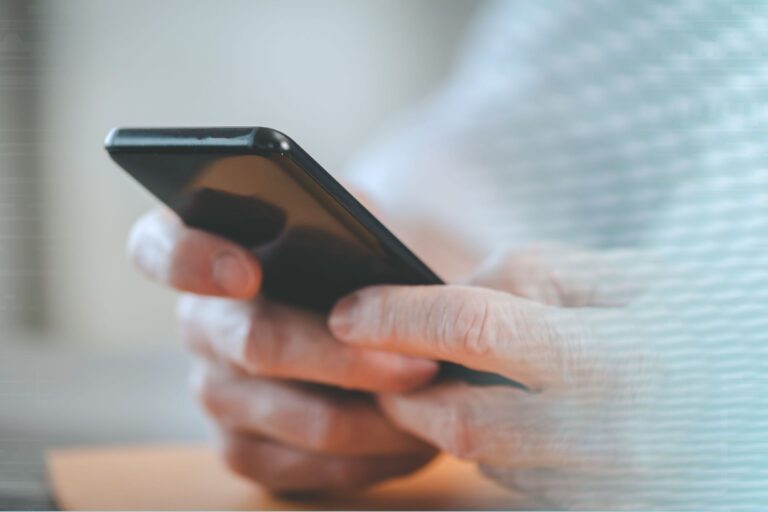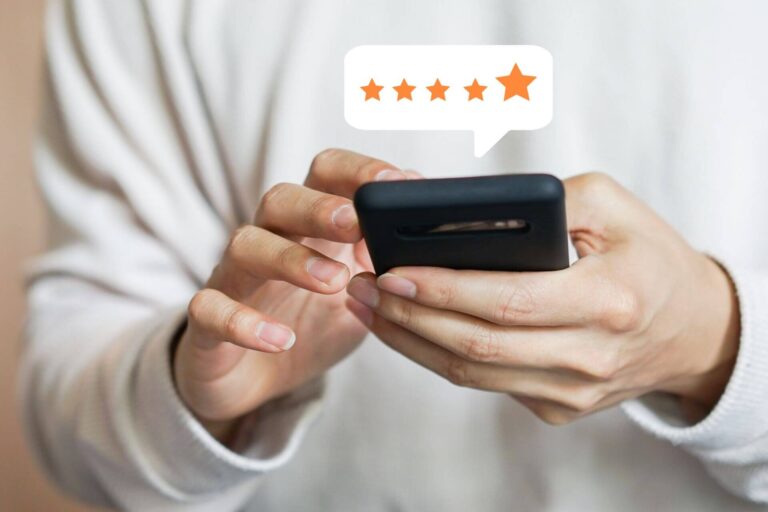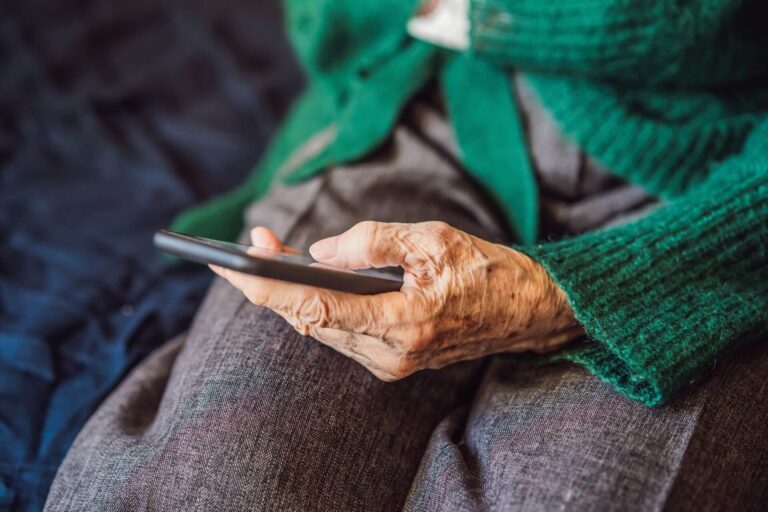In many economies worldwide, healthcare makes up a substantial part of the service sector. Yet, despite its size, healthcare still lags behind other industries when it comes to efficient and innovative approaches to service delivery and service organization. This includes communication.
Texting in business is surpassing email as a fast, convenient communication tool. In healthcare, texting isn’t new. The first study using text messaging for health was published in 2002. But texting as a mode of communication hasn’t flourished in healthcare quite like it has in other business sectors.
Change is afoot. Text broadcasting is revolutionising the sector’s communication.
This blog looks at some of the ways in which text broadcasting is driving efficiencies in service delivery. First let’s consider what has driven the recent change.
Healthcare comms, the pandemic and tech
COVID-19 has been an unexpected disrupter on many levels. In healthcare, it has forced providers to radically overhaul the way they communicate with patients. The pandemic forced people to swap face-to-face interactions with texting and Zoom calls. It set the course for better communication in healthcare.
But even prior to the pandemic, technology has been increasingly influencing the way people interact. In the past two decades, the use of technology in healthcare has moved from traditional face-to-face to communication through technology such as the electronic health record, computerized provider order entry, email, and pagers. Text broadcasting, patient engagement and patient flow software can also be added to the list.
So, what else has changed? SMS messaging is now by far the most preferred and easiest way people stay in touch. Contacting patients is simpler and quicker than ever before. Providers can schedule appointments, share information, give medication instructions, direct patients to the next touchpoint in their hospital or outpatient visit, and do much more besides, all via a simple text.
The pandemic accelerated a texting revolution and it’s changing the face of healthcare comms.
What is text broadcasting?
In simple terms, text broadcasting is a method by which text messages are simultaneously sent to multiple phone numbers. Using a dedicated platform, such as PatientTrak’s, bulk HIPAA compliant text messages are sent out to multiple contacts at the click of a button.
It gets better. Groups can be pre-defined to receive some messages, while other messages can go to sets of groups, or the whole of the contact list at once. A provider can choose which messages go to which patients at a pre-determined time. Once a single message (or a series of messages) has been created, it can be directed to the right people at the right time in an instant.
Timely messaging, better compliance, improved health outcomes
Optimizing the patient journey is a big part of healthcare’s efficiency puzzle and compliance has a big part to play.
Missed appointments are a frequent problem in outpatient clinics and are a major cause of inefficiency – they interfere with administration, medical resources, and health outcomes. Text messaging is helping to address this. Systematic reviews show that sending reminders is effective.
The impact of text messaging on healthy behaviors is also well established. A 2015 meta-analysis of 38 studies covering 19,641 patients demonstrated SMS messages had a significant positive effect.
While there are few studies on how text content impacts effectiveness, one study in the UK showed persuasive messaging (including the cost of the appointment, for example) does improve attendance rates.
Short, simple text messaging saves time
We know that text messaging is a more efficient and sure way of reaching people. But how do we know if recipients are reading the messages sent to them? Statistics prove that open rates are far better than that of emails – open rates of texts are as high as 98%, compared to just 20% of all emails.
Content matters too. Keeping texts brief and in simple language minimizes the chance of a misunderstanding, and as already demonstrated, texts help patients to stay compliant.
Shorter texts are more likely to be read. Clear succinct messaging ensures patients can easily understand instructions and are therefore more likely to engage.
And texts (unlike phone calls) can be referred to again and again. People may not remember all aspects of a conversation that has taken place face-to-face or over the telephone. A text means patients can double check an appointment time or a medication instruction without calling up, saving time for administrators on the phone.
Better engagement across the board
Patient engagement is at the heart of healthcare efficiency. The more engaged a patient is, the more likely they are to attend appointments and adhere to treatment protocols. In the past, engaging with different groups of patients has required different approaches, including the time-consuming task of reaching people by telephone. Results are often inconsistent.
Text messaging is cutting across the divide. Texting is one of the few communication channels that is actively used by nearly all segments of the population.
Broadcast text messaging also enables appropriateness of messaging to be better refined. Age-related health information can be sent quickly and easily to the right groups of patients. Or updates on medication can be communicated to the relevant patients fast.
Two-way text messaging is also helping to build rapport and save timely phone calls. For simple queries, patients can quickly be reassured via text.
Improved patient flow and patient safety
The pandemic posed some difficult challenges in healthcare. Patients were (and still are) rightly concerned about catching the virus. Despite the rapid development of telehealth, many patients still need to go into hospitals and visit outpatient facilities in person for treatments and diagnostics.
In these troubling times, texting has enabled providers to better manage patient flow through a facility. PatientTrak’s virtual waiting room, for example, has enabled providers to close busy waiting rooms. Patients wait outside the facility and a simple text lets them know when they are ready to be seen. Social distancing can also be managed within the facility with patients being guided to relevant clinics or departments via text.
Better recordkeeping
With texts, conversation history is automatically recorded. It is easily decipherable (no hand scribbled notes from phone calls) in chronological order. Anyone picking up on a patient’s history can see precisely what was said by whom, and when.
Conclusion
Research shows that short messaging service (SMS) messages present a convenient and cost-effective method to support healthcare interventions. Strong evidence from an umbrella systematic review supports SMS-related interventions as being both effective and cost effective.
Are you ready to reap the rewards of text broadcasting and switch to an innovative patient experience platform that will help solve a multitude of challenges with patient flow? Call PatientTrak today and take your patient engagement to the next level.






